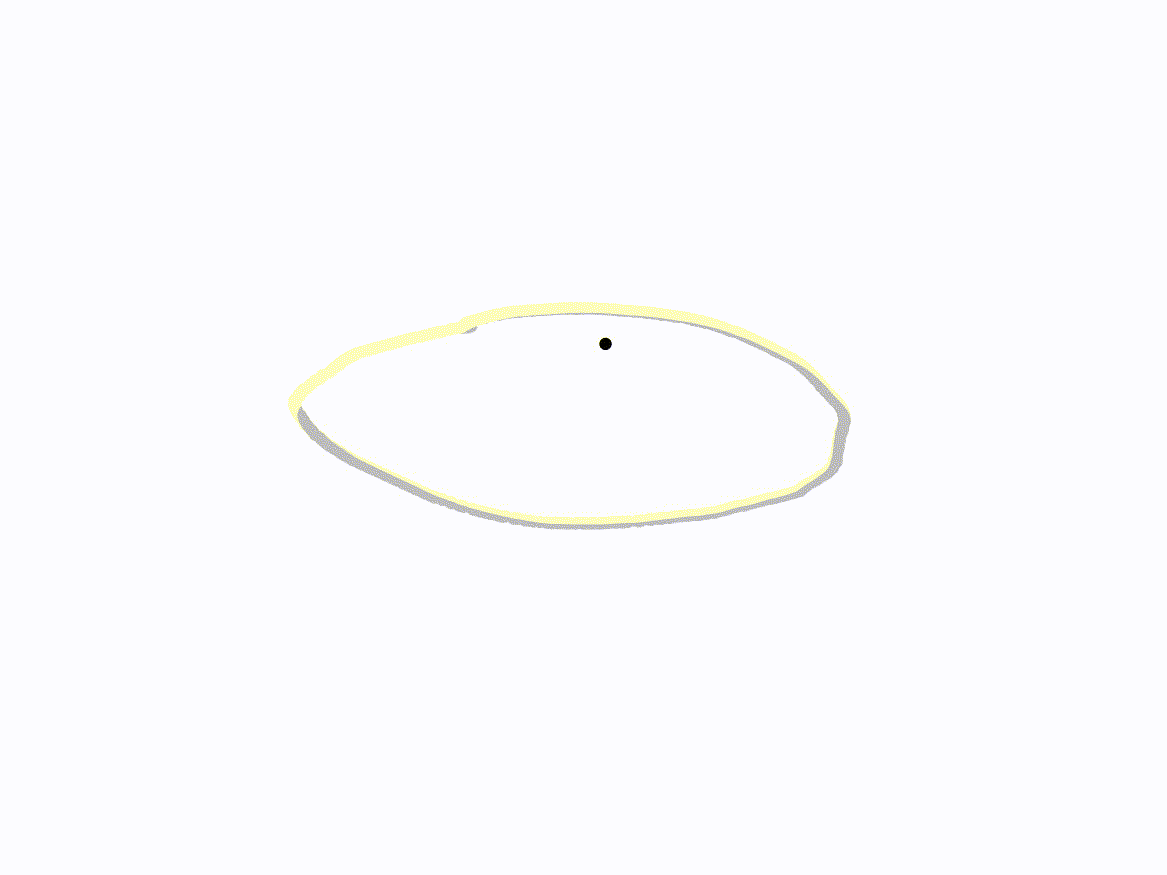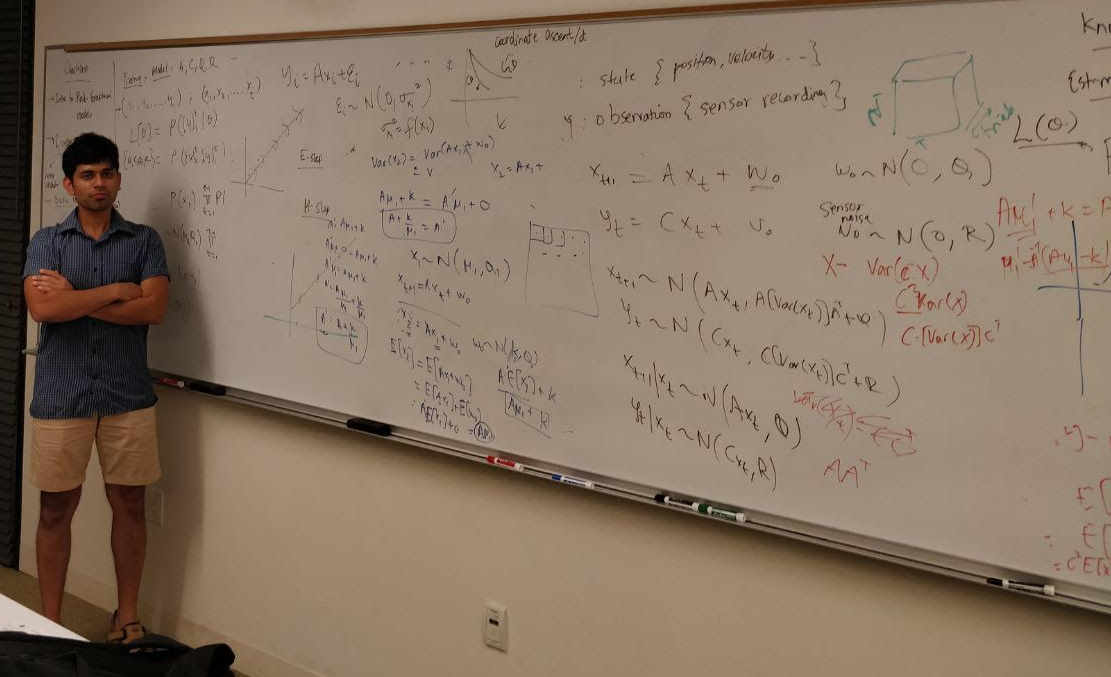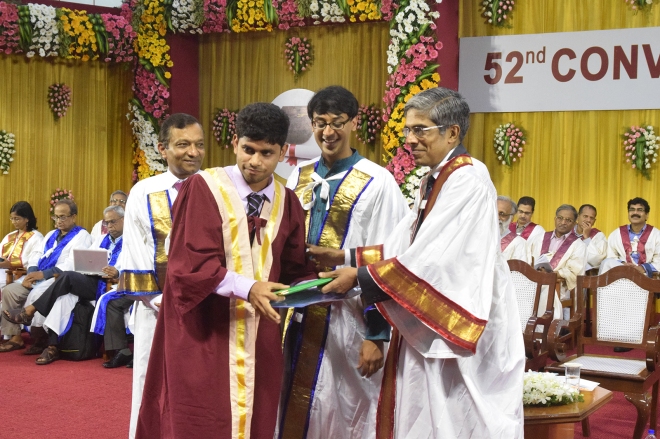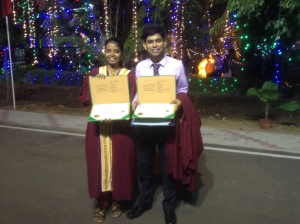Who am I?
Let me reaffirm that this isn’t a case of dementia, or of amnesia, or a scenario where my hippocampus has been surgically removed! If my identity were purely defined by my name, my gender, personality – I definitely know who I am, but all these metrics are subject to change – but there is definitely “something” that I perceive to remain unchanged throughout. What is it?!
It’s been 8 long “quarantined” months since my last post! Looking back, it seems like it was just yesterday. Well, my last blog-post was titled “Time: the great serpent” – it definitely captures the nature of time and its “cruel” nature to march in one direction!
Coming to today’s post : The title might be awkward to some but it might be perfectly natural to others. However, I think both sections of people should take the opportunity to introspect! I chose this title specifically because my blog has 2 “pages” that I had created ~10 years ago. One, “home” that hosts all my blog-posts and two, “Who am I” that houses a brief description of my upbringing, academic affiliations and my interests/hobbies. (If you haven’t guessed already, I have had to edit that page quite a few times!)
So, who am I?
This might seem like an unassuming, naive, almost trivial question. But let me remind you, this very question has bewildered philosophers, scientists over the last 2-3 millenia. A wide variety of theories have been proposed on this note, some mildly accepted while others vehemently refuted. One could ask, why even bother? Personally, I’m amused by the fact that we have such a gaping hole in our understanding of who we really are. This is fascinating to me, that we (human society) have made considerable progress in building macro-scale structures (like artificial islands off the coast, extremely tall sky-scrapers) and fabricating nano-scale instruments (e.g. DNA tweezers, engineering proteins to behave according to our desires) but haven’t yet gotten a grip of who “we” are.
A pure physicalist (materialist) reading this post would jump and exclaim – “We are nothing but matter. Our cells, atoms, molecules make “us” and there’s nothing more to it.” I think that’s reasonable because matter is all we get to perceive (either by our naked senses or through expert instruments). However, we know that the “matter” that makes “us” is constantly changing. Medical science reveals that we get a brand new “body” every 8-10 years, because the same cells that we had as a child are switched for newer cells as we grow older. For instance, our red-blood-cells (RBC’s) have a half-life of 27.8 days and we also know that new neurons are born during our lifetime and get incorporated into our neural circuits! So, it might be reasonable to assert that our identity might not be limited just to matter.
A step up from pure physicalism would be the Descartes fans. Rene Descartes was a phenomenal mathematician as he gave the world “Cartesian” coordinate systems and was a deep thinker, philosopher. “Cogito ergo sum” famously translated to “I think, therefore I am” was a statement made by Descartes introducing dualism to the western audience. Descartes boldly claimed that the mind was different from the physical system and his statement suggests that he can only be certain that he is a “thinking thing” – anything else could be an illusion or a trap set by a malicious evil-demon . I think that’s pretty apt, but let me probe one layer deeper. If Descartes concluded that “he” was a “thinking thing”, who is the “he” that is an observer of his thoughts?
We get back to the same old question: Who are we? We have good reason to believe that we’re not just matter, and that we’re not the mind, for we are the observers of the content of our mind and the actions of our body. So who is that “I” that remains unchanged while everything, from the physical body to the mental states are constantly changing?
My quest led me back to the East (I say, “back”, because “I” began there 26 years ago) and I’ve had the opportunity to study eastern philosophy and take baby steps to implement life-style changes that enable me to better question and understand this truth. The first book on eastern philosophy that I was introduced to was the Bhagavad Gita (BG) which translates to “Song of God”. As I flipped through the pages, I arrived at the second chapter and the answer was staring right at me.
BG 2.13 : देहिनोऽस्मिन्यथा देहे कौमारं यौवनं जरा । तथा देहान्तरप्राप्तिर्धीरस्तत्र न मुह्यति ॥ १३ ॥
dehino ’smin yathā dehe
kaumāraṁ yauvanaṁ jarā
tathā dehāntara-prāptir
dhīras tatra na muhyati
Translation: As the embodied soul continuously passes, in this body, from boyhood to youth to old age, the soul similarly passes into another body at death. A sober person is not bewildered by such a change.
This answer resonated with my intuition and supported my empirical observation. A task that all of us can try: (i) Count the number of bodies present in the image below and (ii) Count the number people in the image below.
So, my answers are (i) 18 different bodies and (ii) 1 person! This is a very deep point, let it sink!
I am the same person through different phases of life – be it, as a child, as a young boy or as a “new” adult that I currently am, although my body, mind, goals, purpose, interests, intentions, IQ, EQ has changed over the last 26 years. In this verse, Krishna (the speaker of the gita) suggests that we are “re-incarnating” continuously through out our lives and after the body becomes weary, we take up another body.
For many people, reincarnation might seem pretty crazy. Honestly, even I felt the same way when I heard of it for the first time. However, as we see the evidence presented by researchers studying reincarnation and past-life memories, it definitely becomes fascinating (to say the least). Do check out the Netflix show “Surviving Death” – episode 6! It’s mind-blowing! And, when we really think about it : All of us build a model of the world and of how life functions based on our local experiences and our society, but that may be very far from the truth. Let me demonstrate this fact with a classic example: The story of the 6 blind men and the elephant.
Once upon a time there were 6 blind men navigating through a dense forest. As they traversed the forest, they came across a massive stationary object. The 6 blind men spoke to one another and decided that every man should inspect one part of the object – and should put their conclusions together to build a reasonable model of the object (hurdle) in their path. The first man held the tusk and exclaimed “Beware, sharp arrows here”. The second man held the trunk and it reminded him of a snake! The third man tried to push the object and found that it was as rigid as a wall. The fourth man climbed the object and concluded there might be a fan somewhere as the object produced drafts of wind (flapped its ears). The last 2 men, on touching the tail and hugging the legs of the object concluded that it could be a rope and a tree-trunk respectively.
After their brief experiment, they huddled and quickly came up with a model to describe the object. And this is what they concluded: Arrow + Snake + Fan + Tree-trunk + Wall + Rope => ?
Well, isn’t this miles away from the description of an elephant?!
As science progresses, we will find some answers and those answers will lead us to deeper questions. And it is an exciting time to be in Science! Here’s an interesting quote from twitter that captures this fact succinctly.
Please do leave your comments on what you consider to be your identity? Or if you’d be down to building your world-view from the model presented in Eastern philosophy — stay tuned!



















































